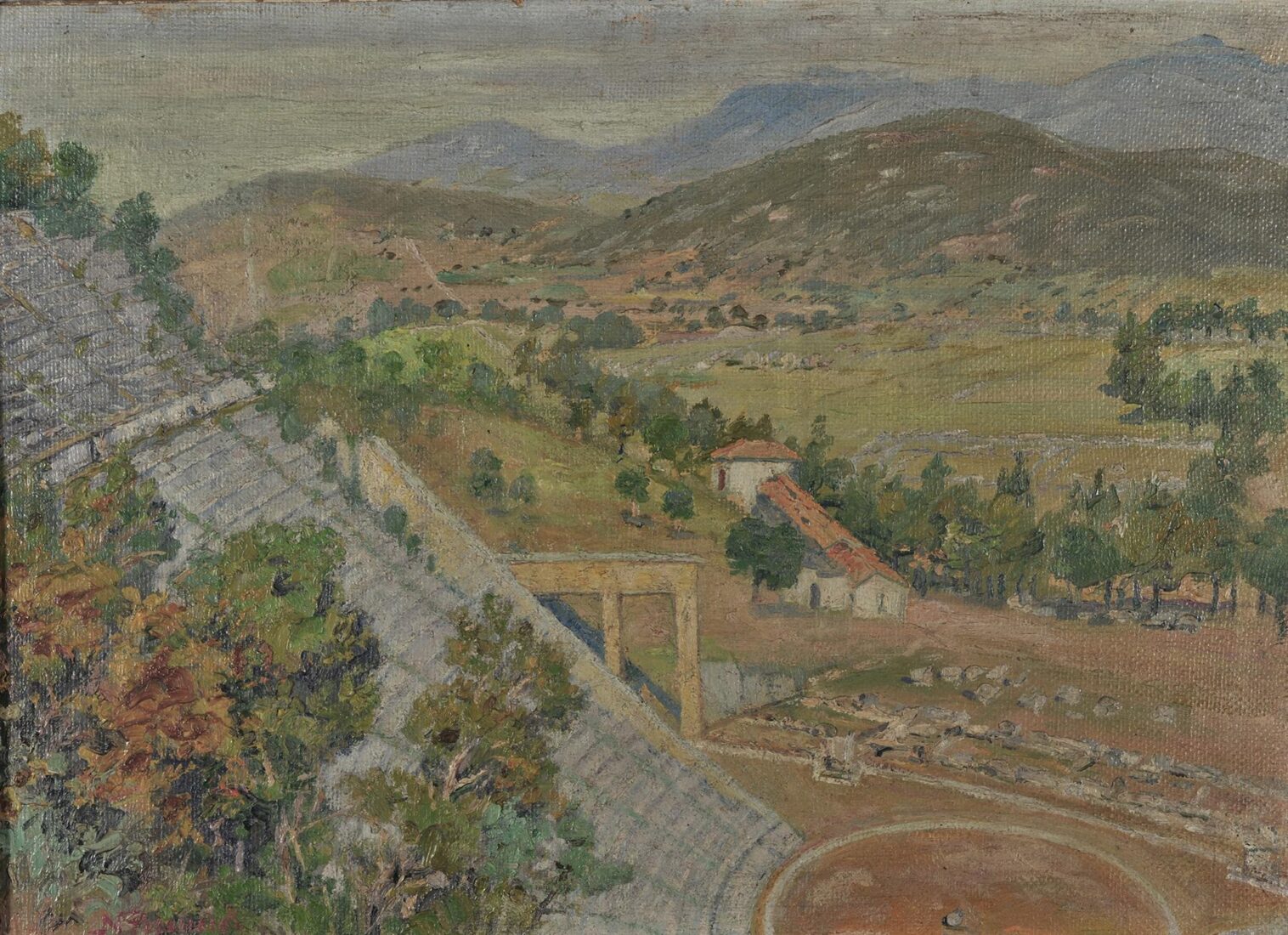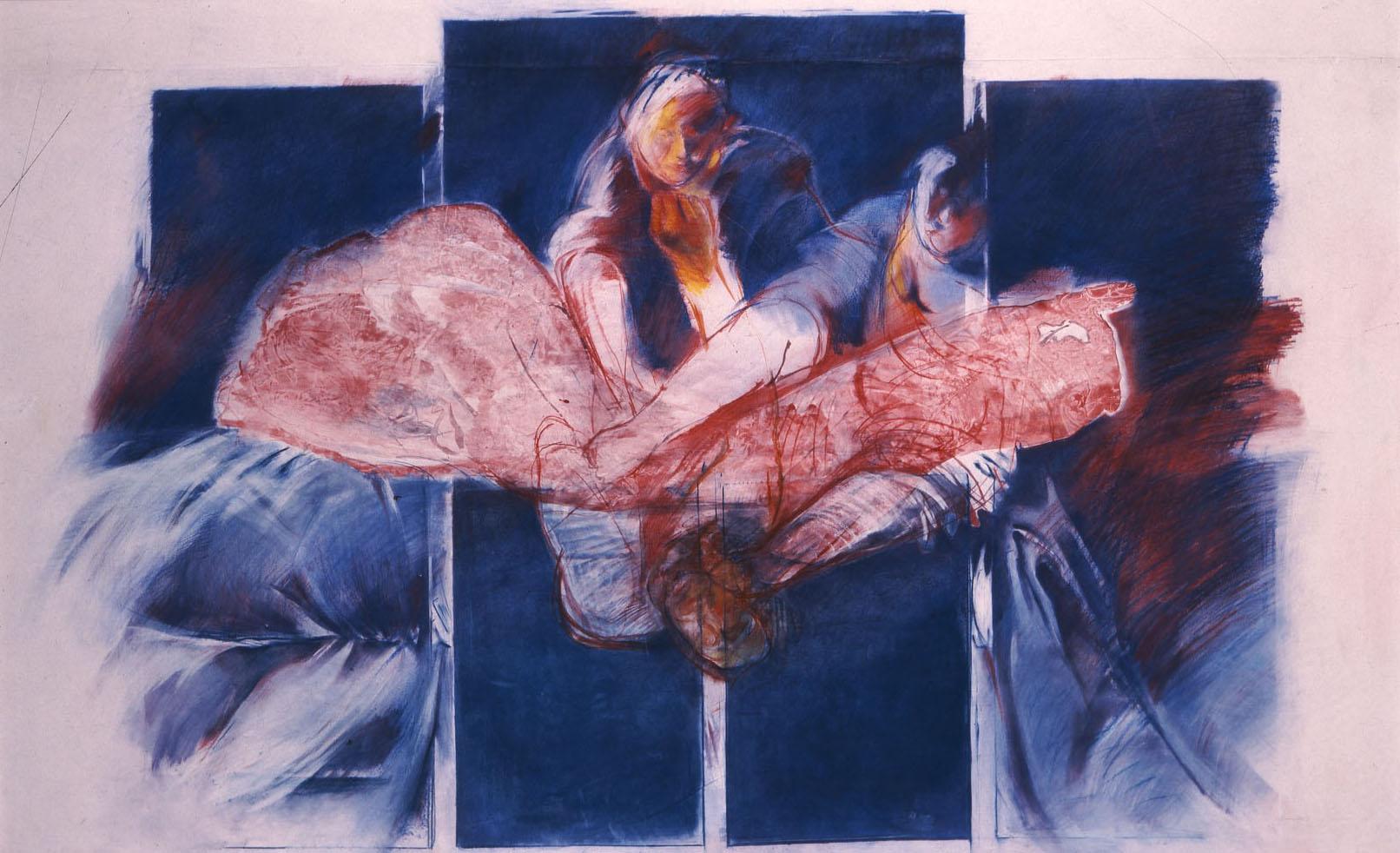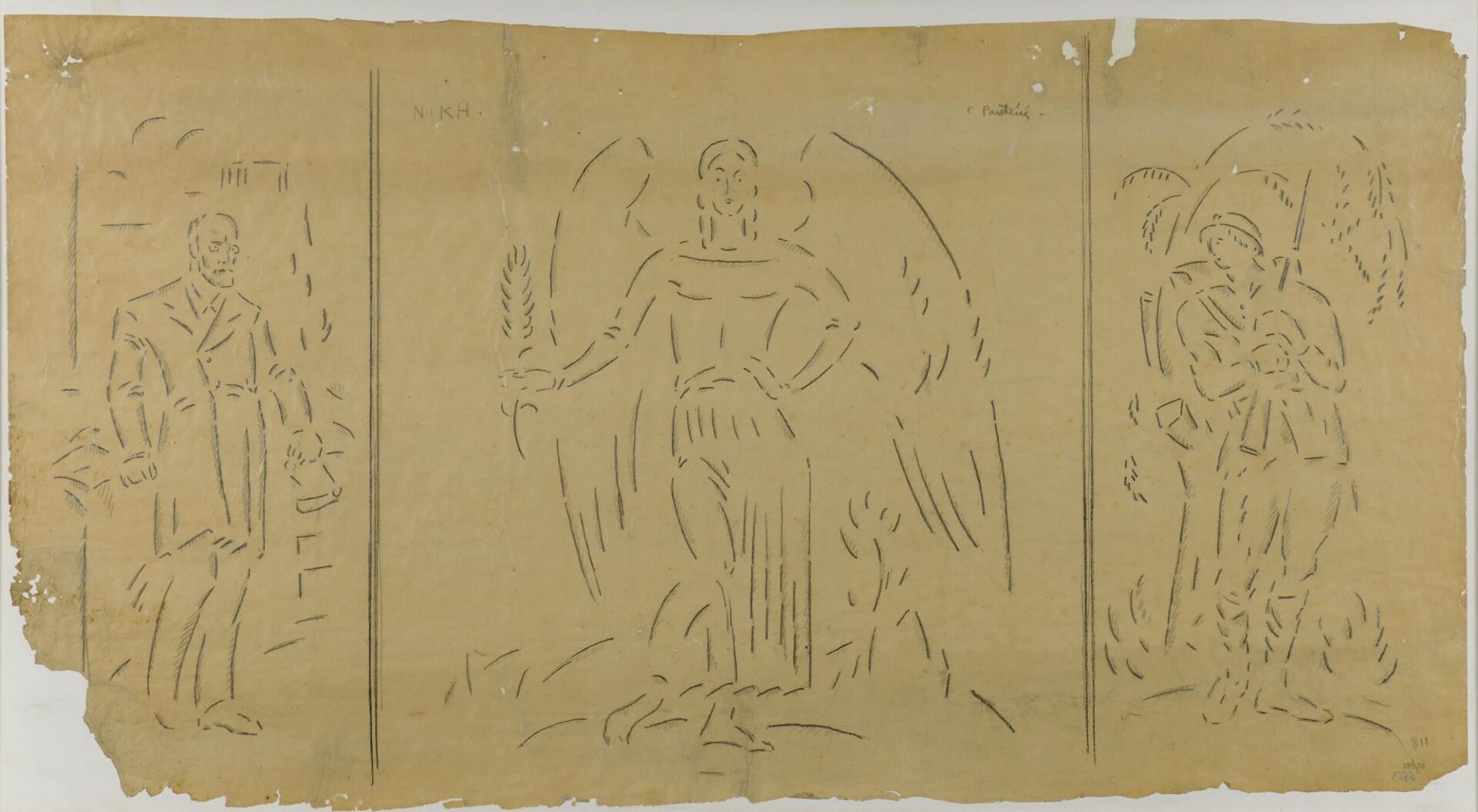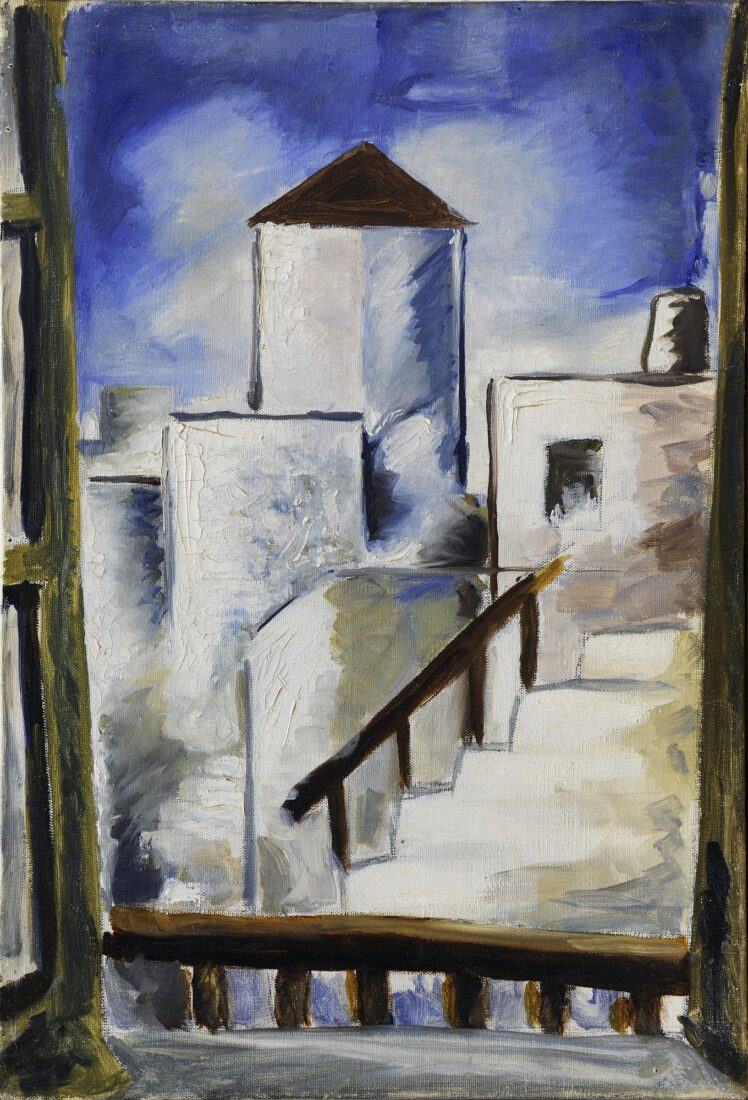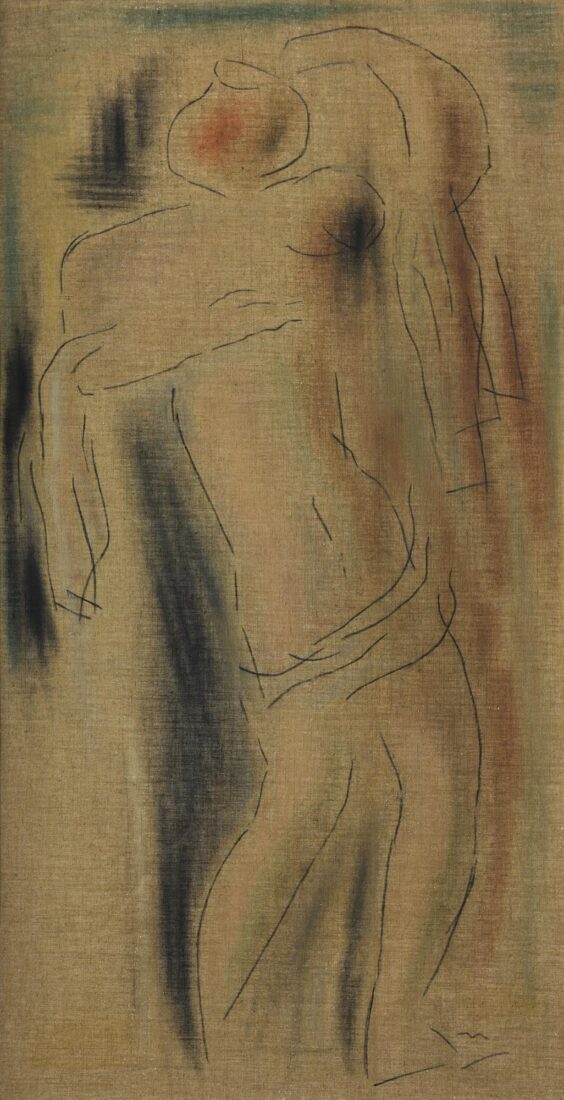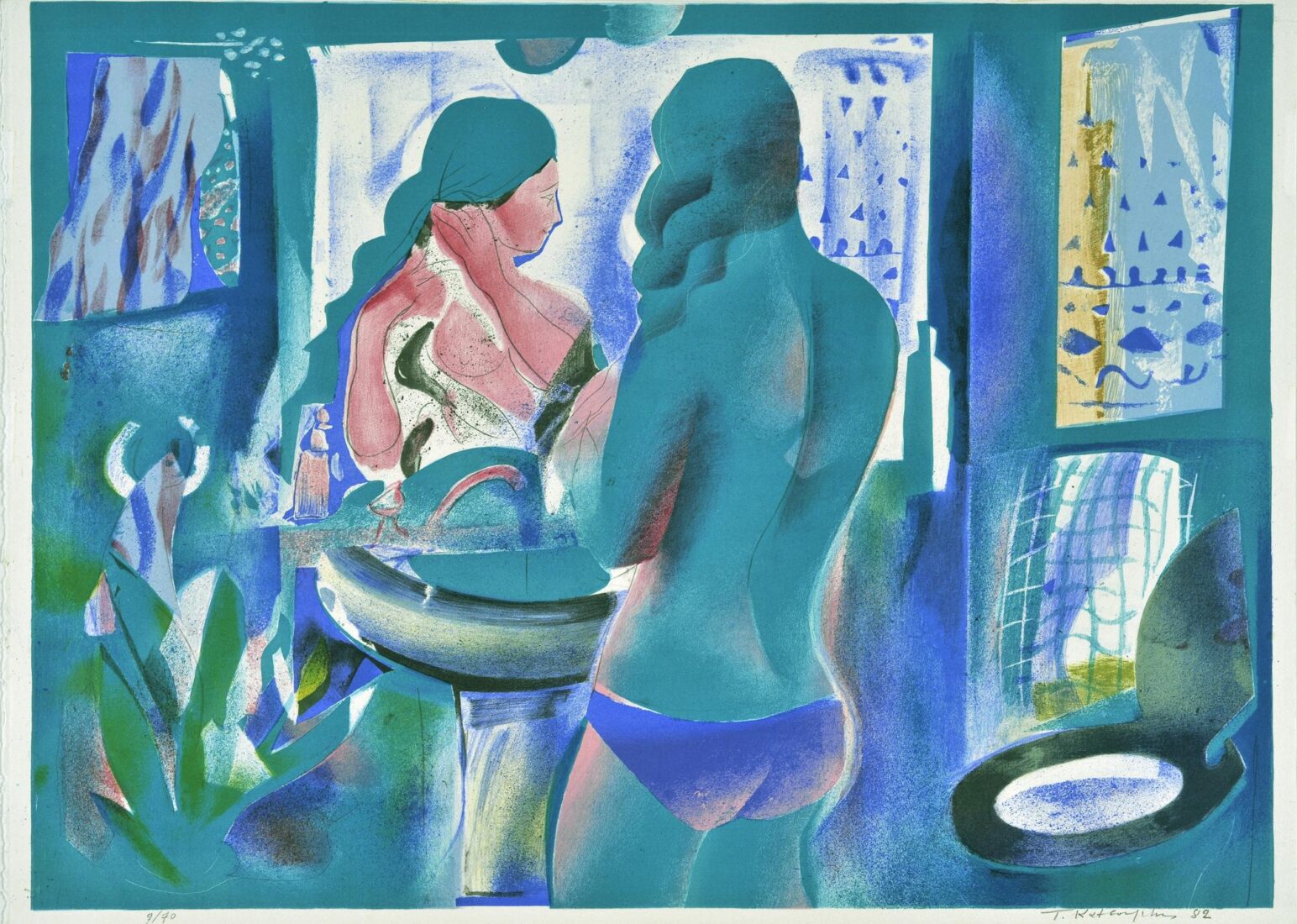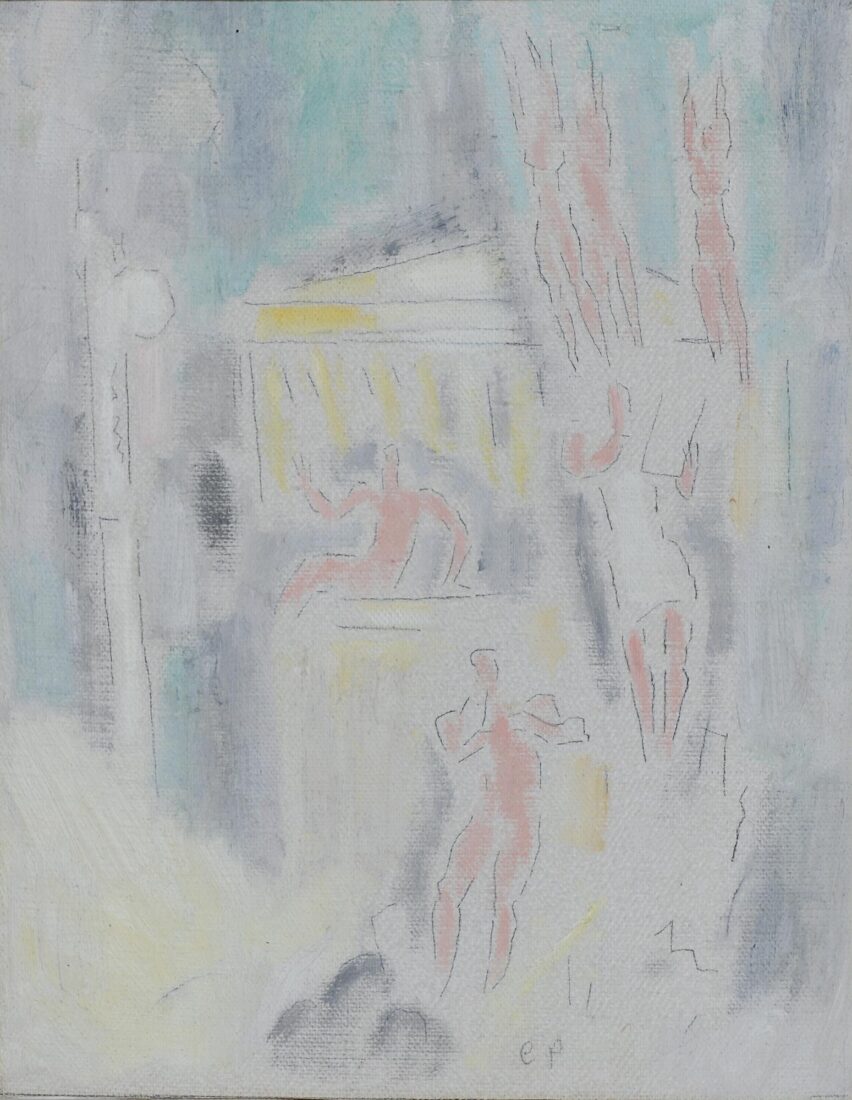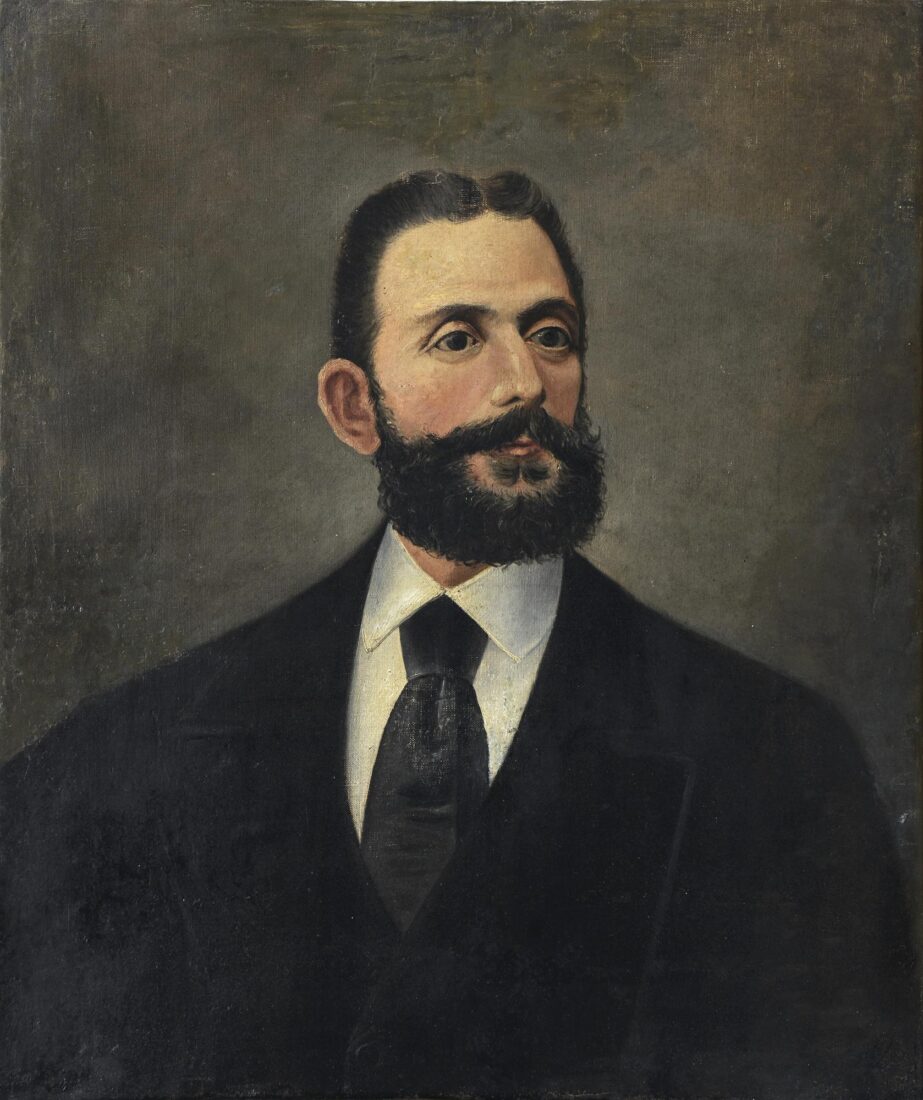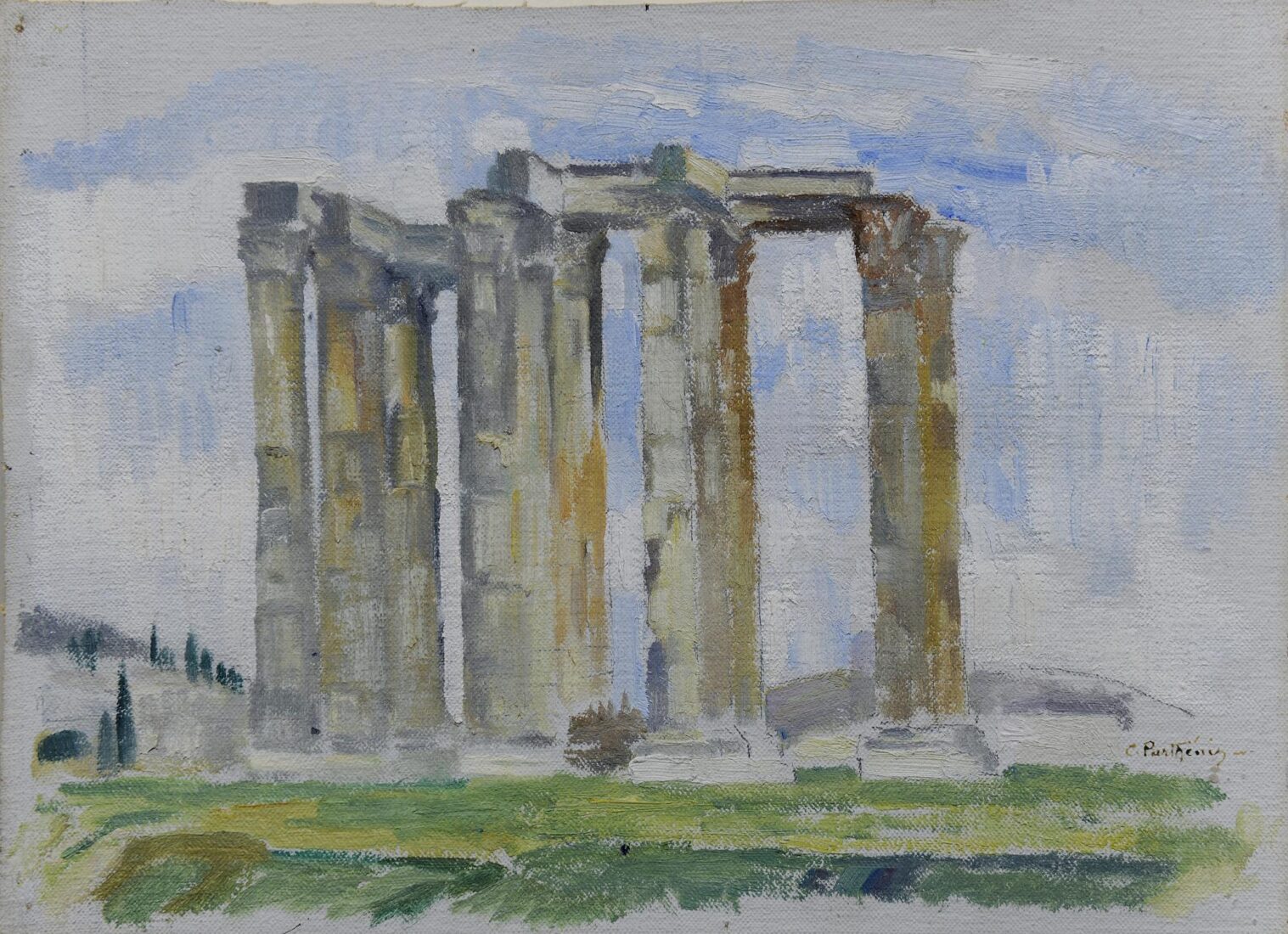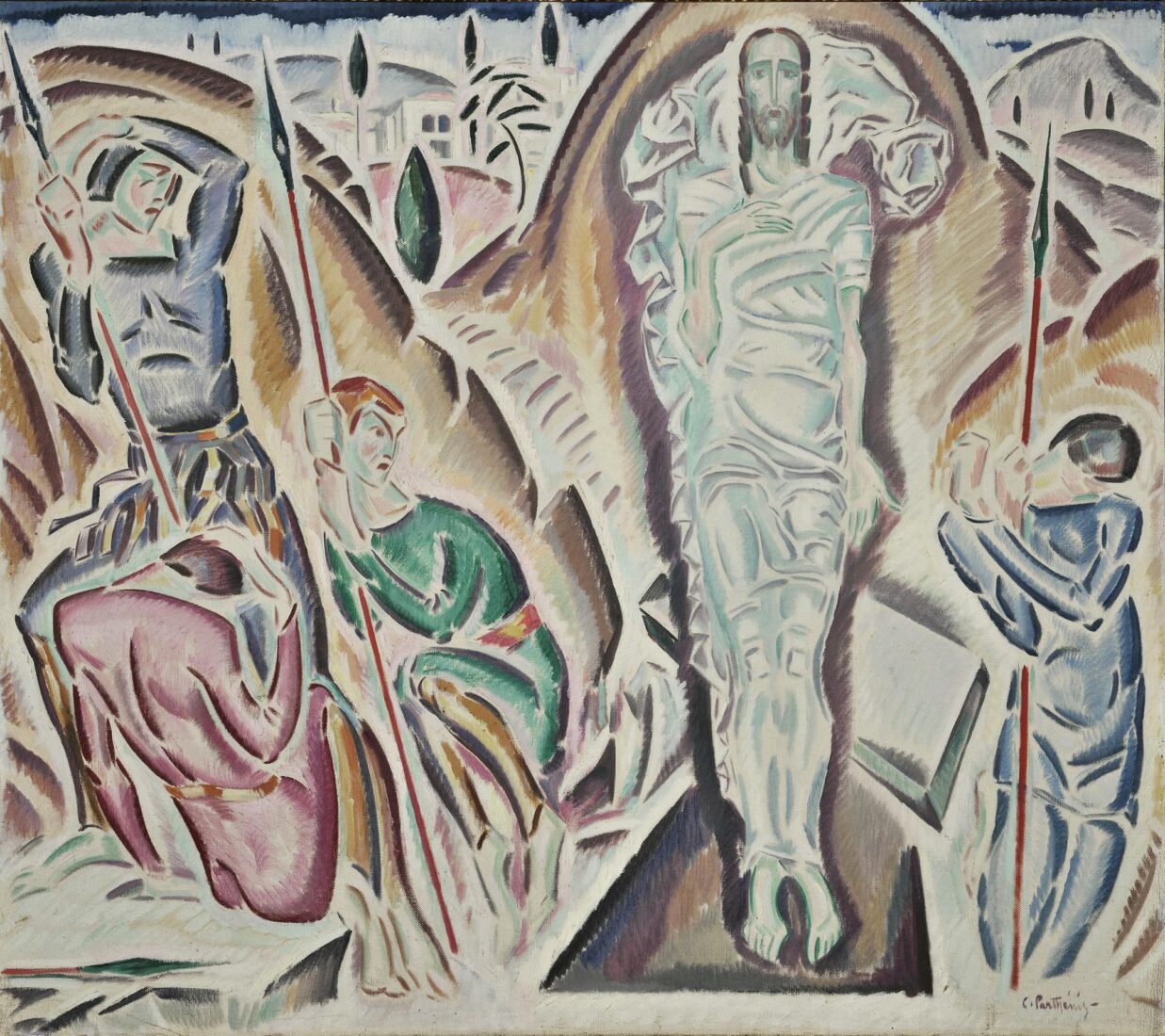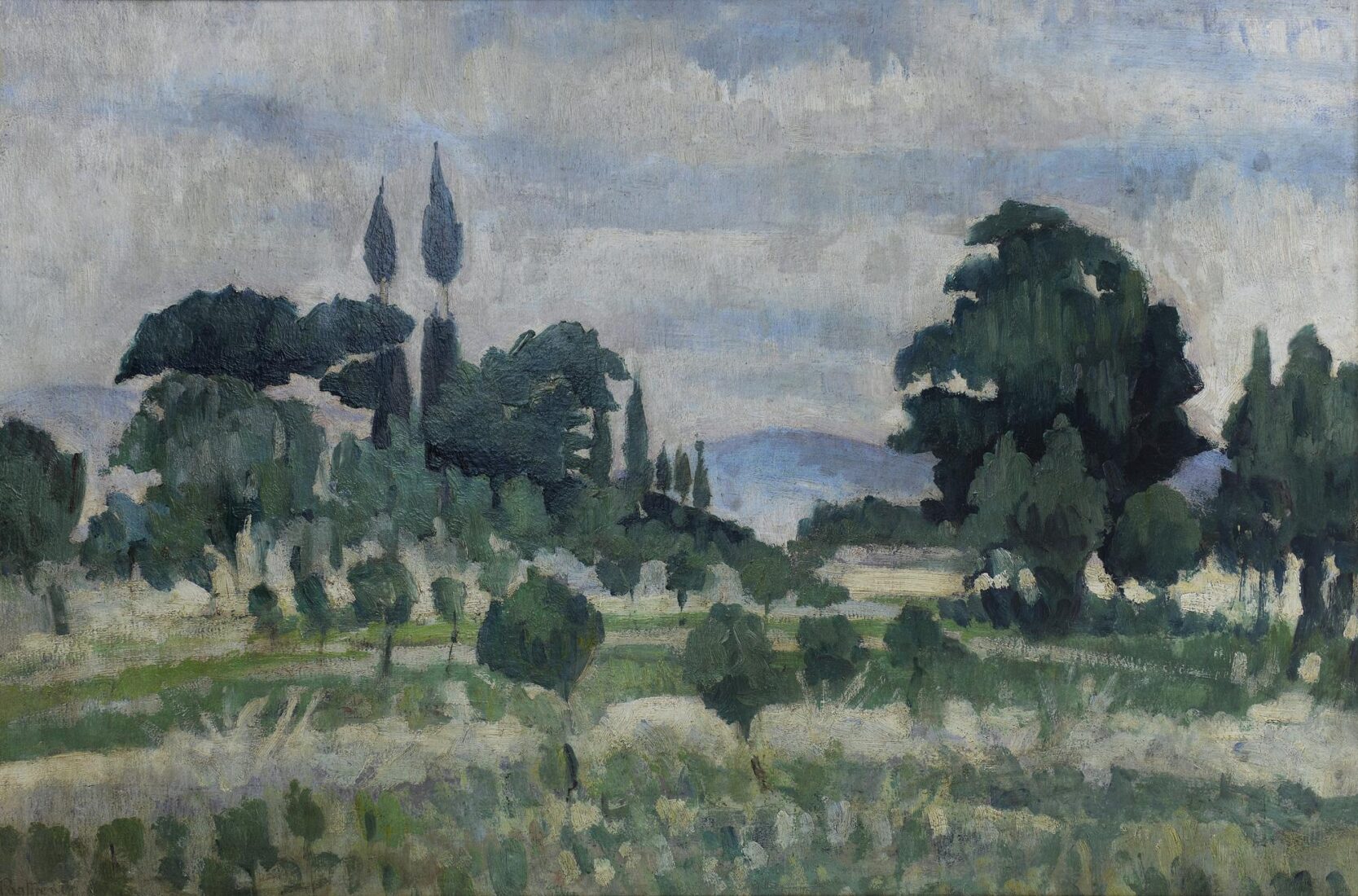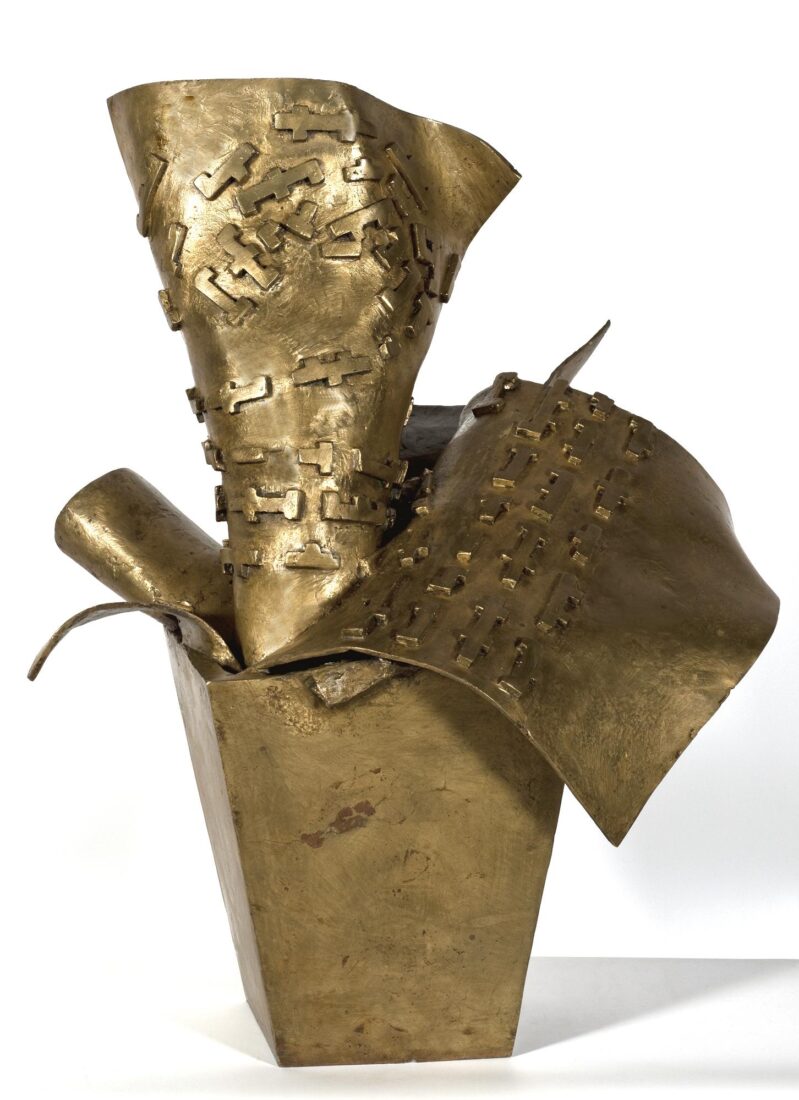

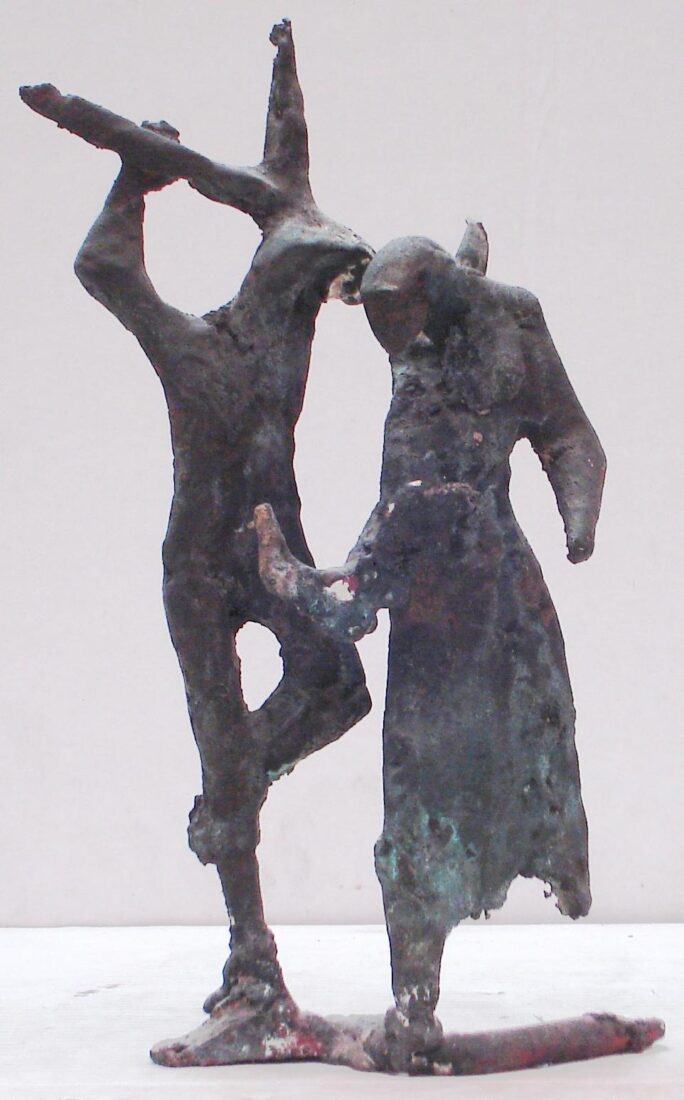
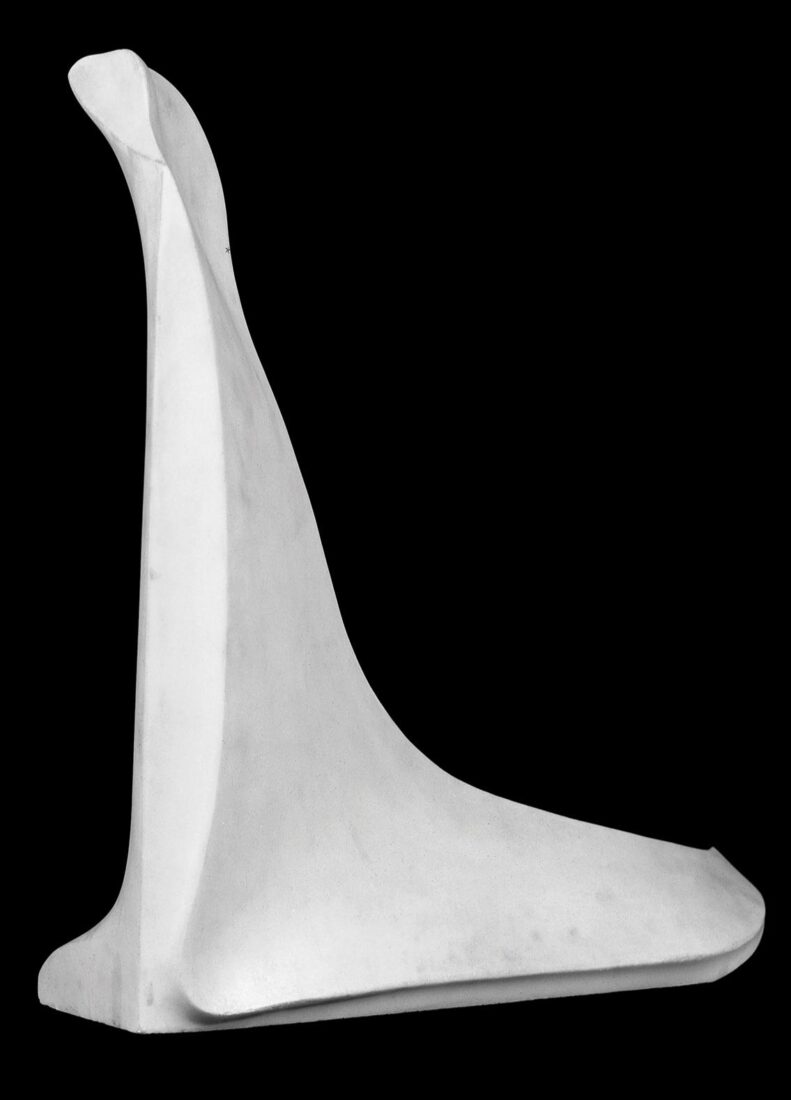
Lazaros Lameras was among the vanguard of abstraction in Greece. His stay in Paris in 1938-1939 played a definitive role in this choice.
He created his first abstract works in the period 1945 to 1948, among which was “Penteli”. The work originally carried the poetic title, “Penteli in Ecstasy” and as such was shown in the first postwar Panhellenic exhibition of 1948. In fact, it was the first abstract sculpture to be formally exhibited in Greece.
The inspiration for the piece was the mountain in Attica that had provided the marble for many important works of sculpture dating back to antiquity. Lameras has carved a small composition that combines vertical and horizontal motifs with gentle curves and an almost perfectly smooth surface, thus arriving at a pure form that echoes the enterprise of Constantin Brancusi.
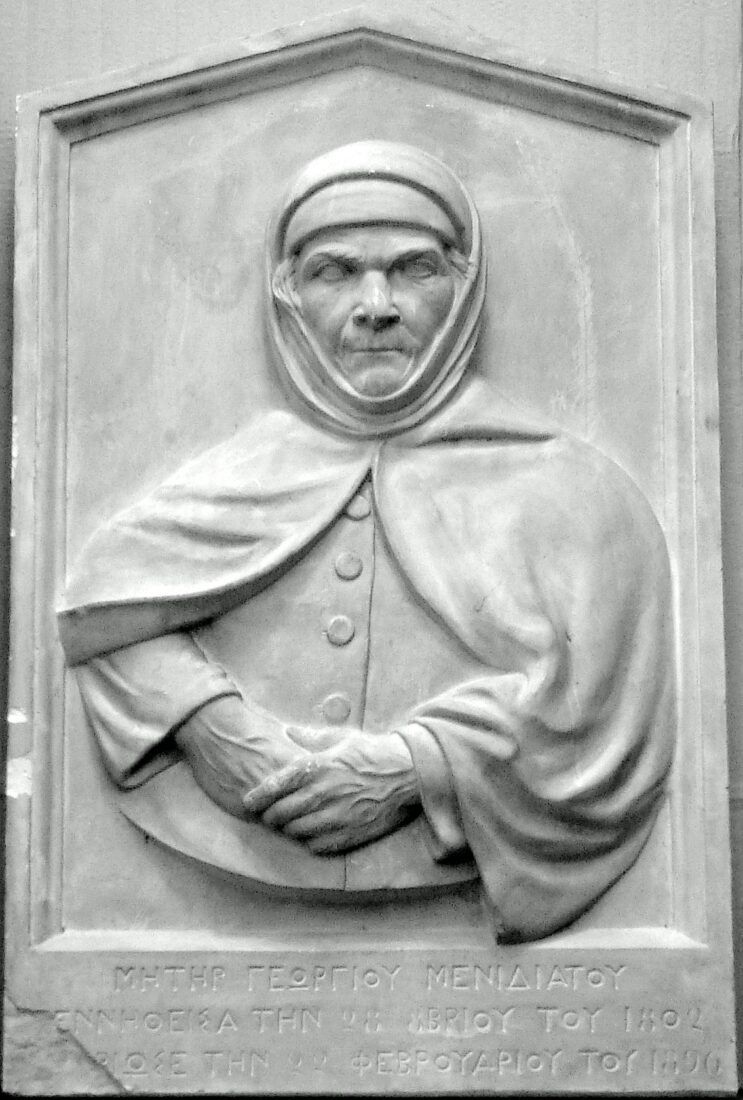
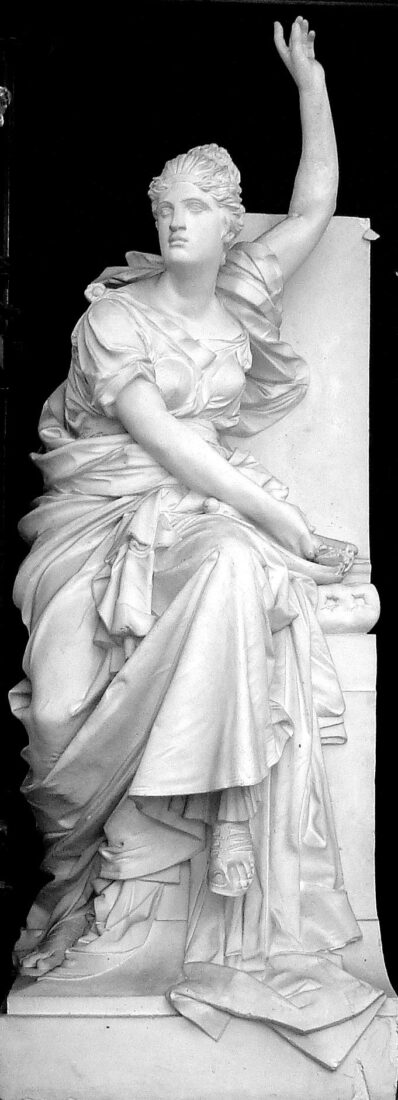
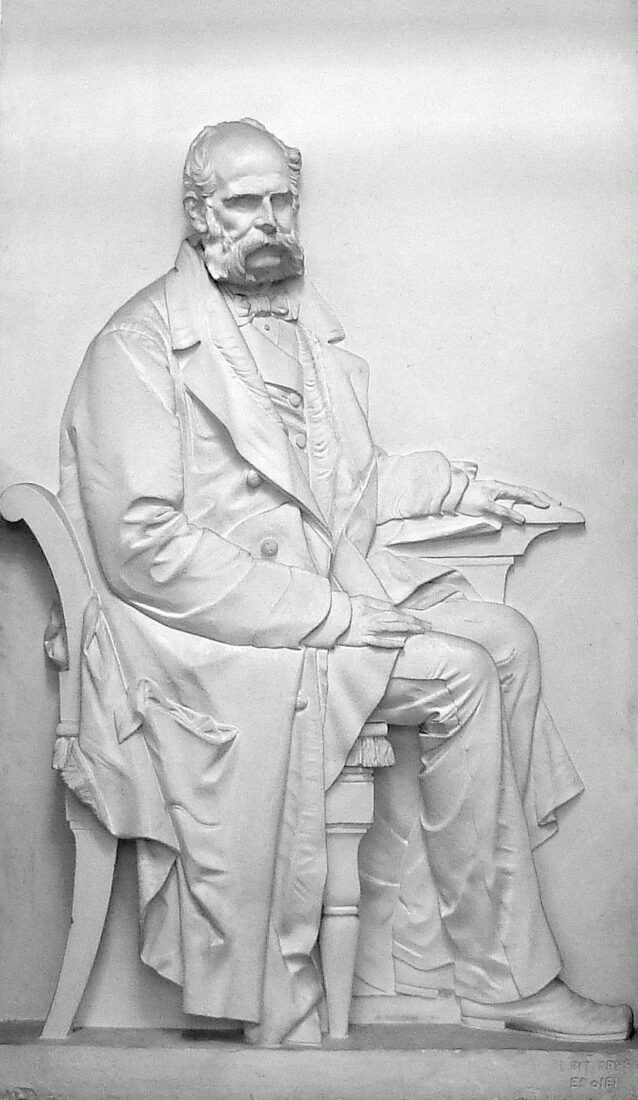
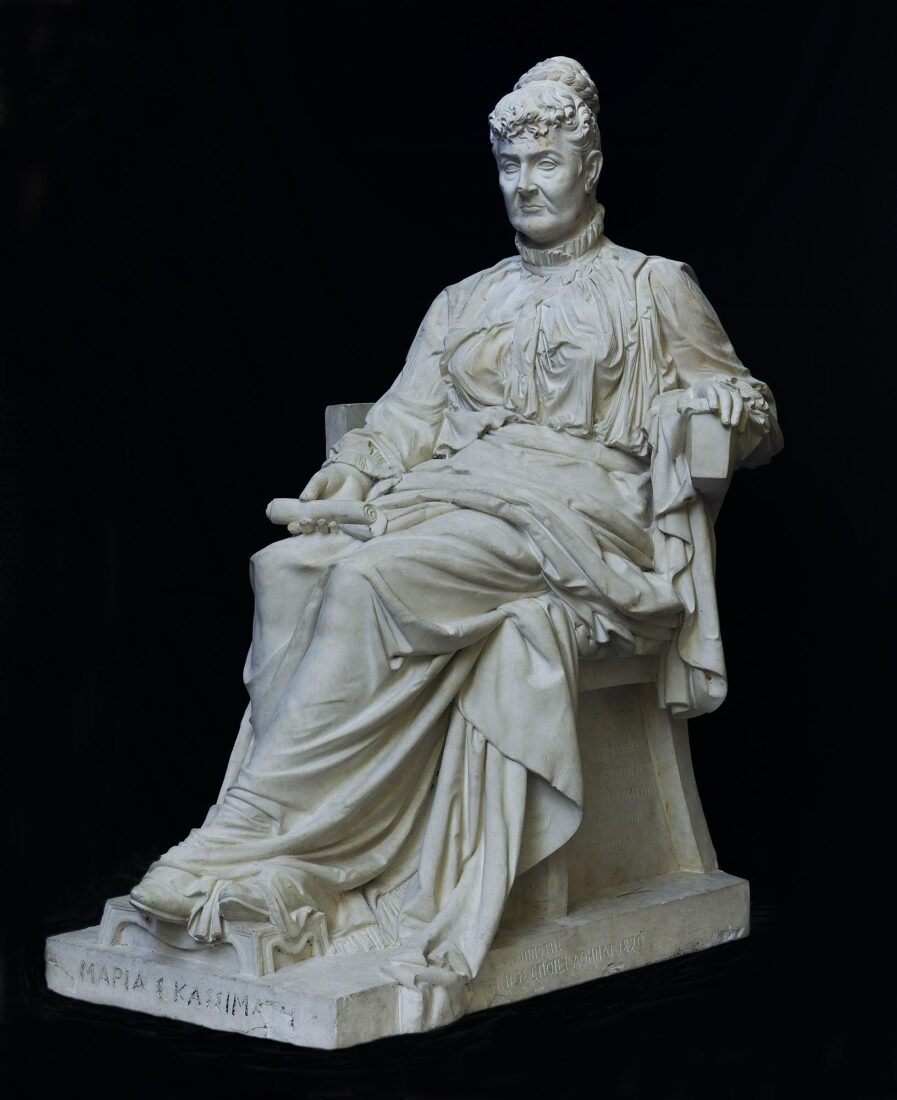
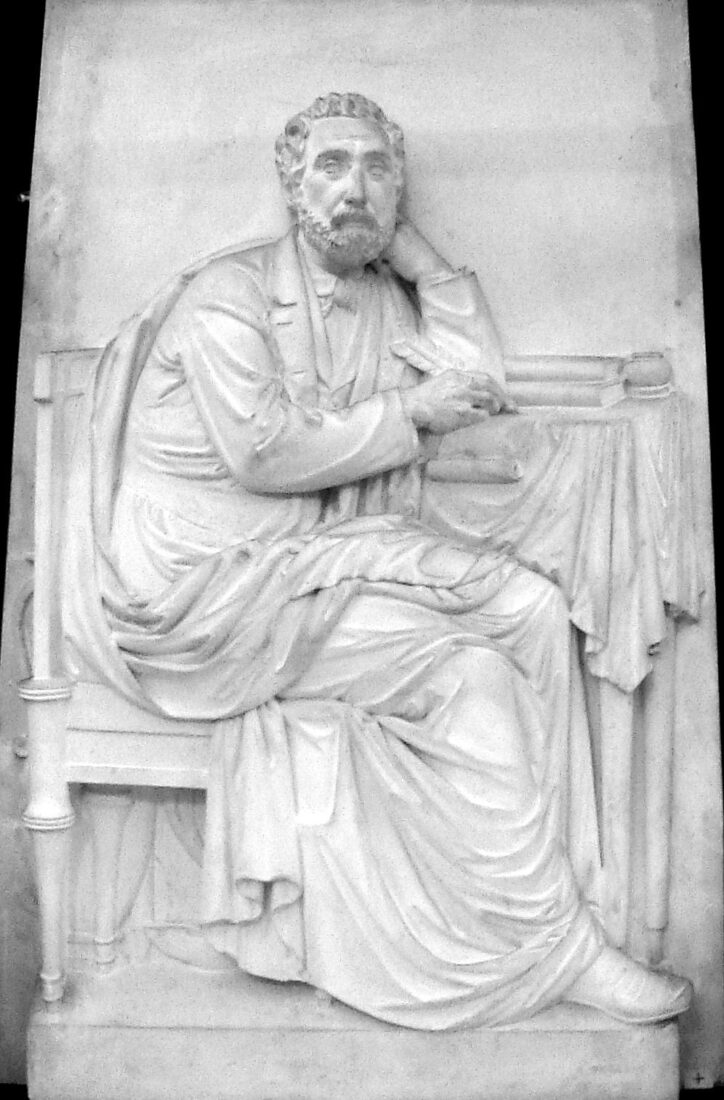
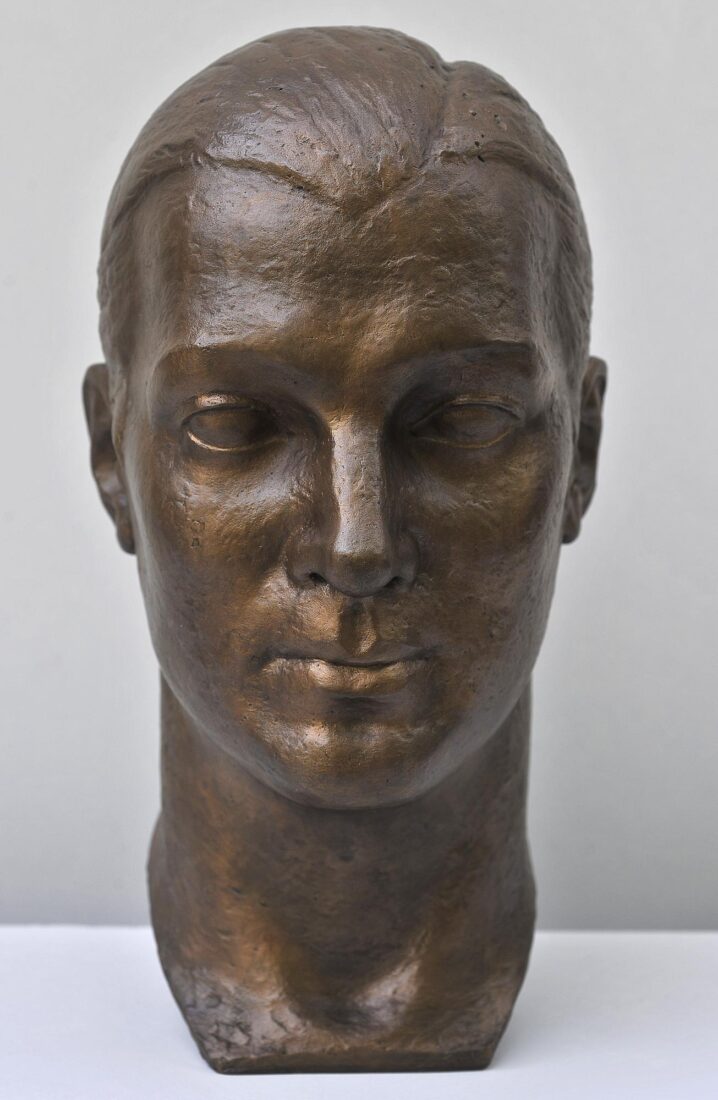
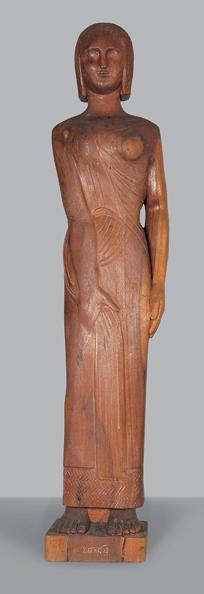
Antonios Sochos was one of the first sculptors to distance himself from neoclassicist doctrines and turn in a completely different direction. His study of archaic plastic art from the 7th and 6th century BC, of Cycladic figurines, as well as Gothic art, coupled with his initiation into the long tradition of folk sculpture on Tinos in combination with an acquaintance with the avant garde movements in Europe were the sources of his inspiration.
“Girl” is a work that makes a clear reference to early archaic sculpture, to effigies and even to Egyptian art. The pose assumed by the young figure, frontal and static, practically without depth, points to a distant model in the “Lady of Auxerre” from the 7th century BC and “Hera by Cheramyes” from the 6th. The right hand, holding the folds of the garment, is the only element breaking the absolute immobility, while the surfaces are for all intents and purposes flat, with the exception of the emphasis on the chest, the light grooving suggestive of drapery and the engraved decoration on the bottom part of the tunic. The carving was done directly on eucalyptus wood. The use of wood in a large number of Sochos’ works is a further indication of the artist’s innovative thrust and connects him both to the folk sculptors who made figureheads for ships and the primitivist perceptions which then held sway in Europe.
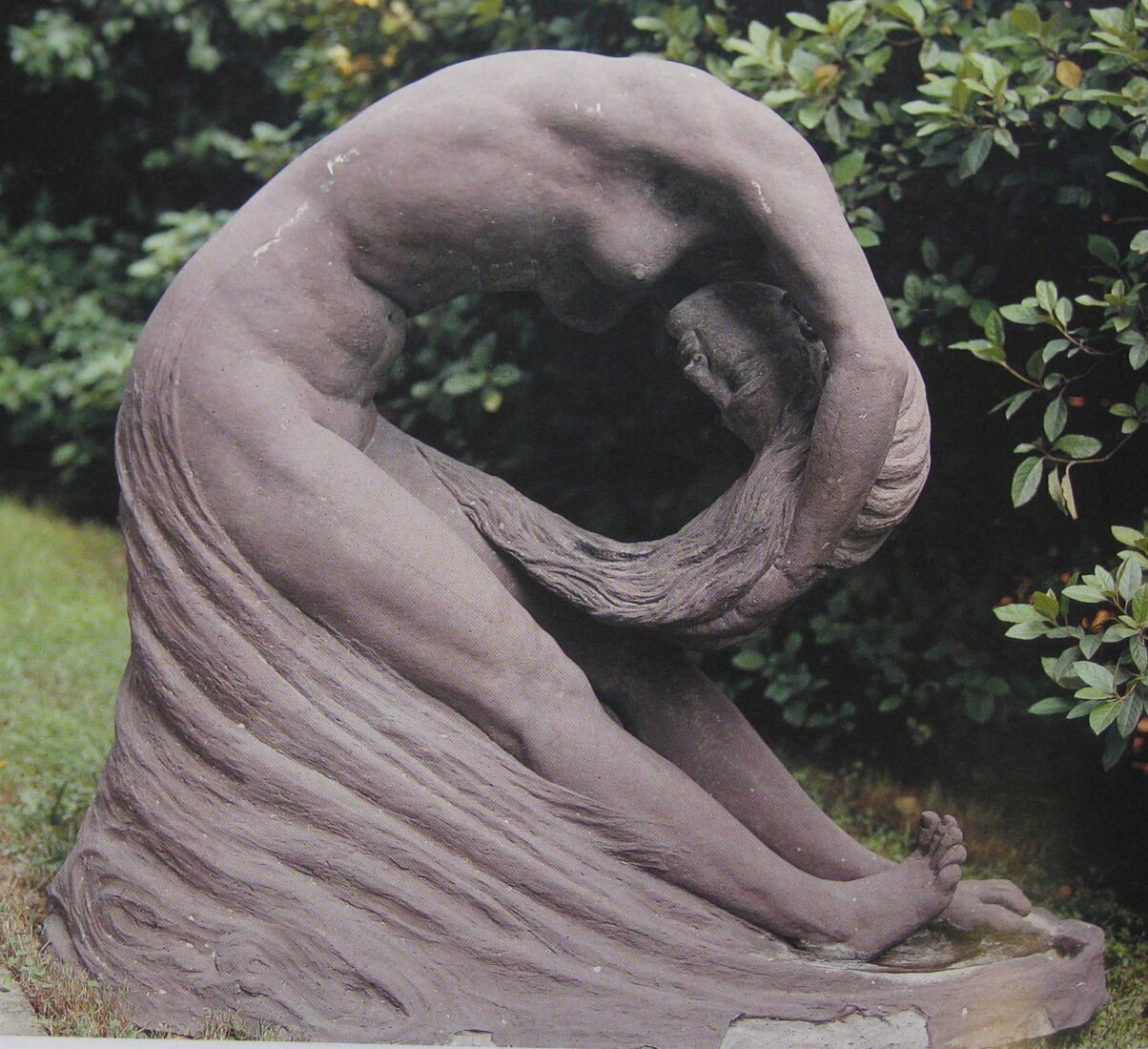
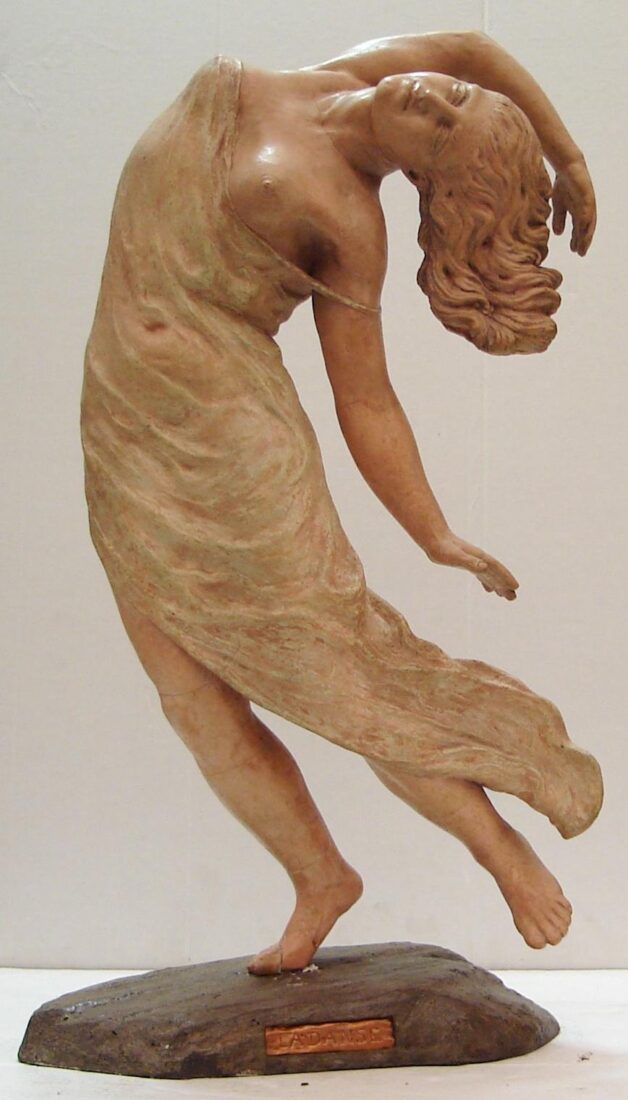
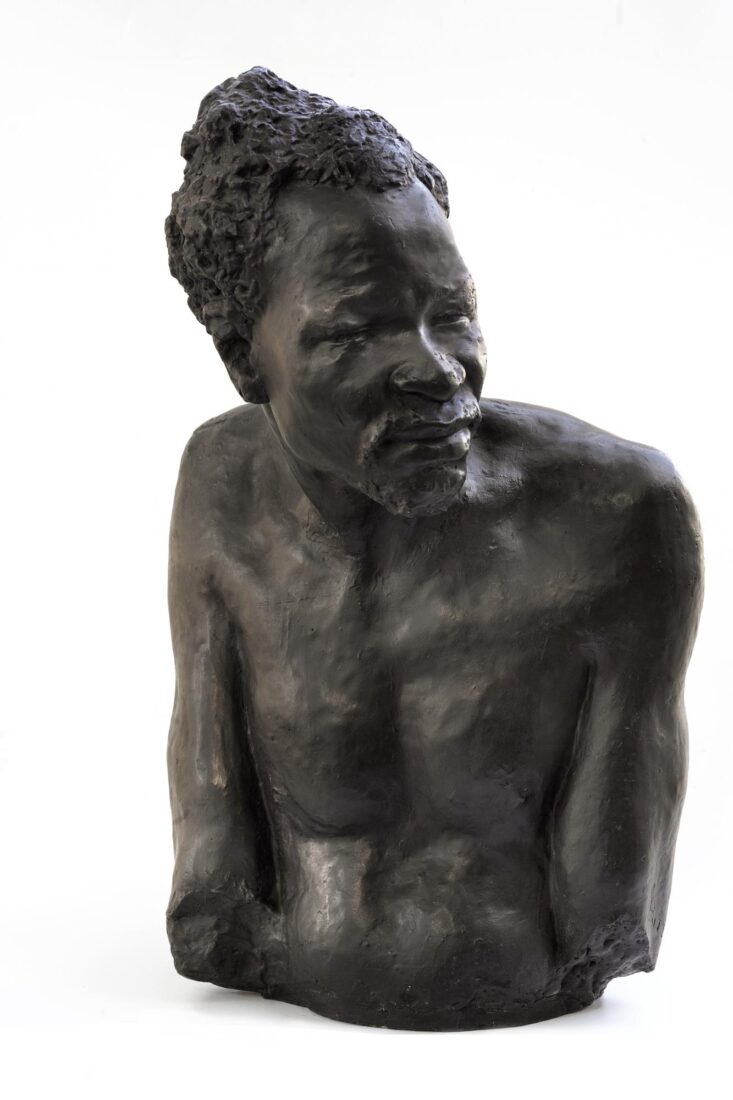
Ioannis Vitsaris studied at the School of Arts and completed his education in Munich. Despite his neoclassical education, returning from Munich in 1871, he engaged in realistic compositions, both in terms of content and style, often much bolder than those of Dimitrios Filippotis, who was the first to introduce realistic themes into modern Greek sculpture.
“Christos, the Black Guy” belongs to this category. Christos was a characteristic figure of Athens, who lived mainly on the streets and died in 1886. He was especially beloved, while he was a model in works by the painters Nikephoros Lytras and Nikolaos Gyzis.
Vitsaris made the work in 1874, with a very realistic style, which is reflected in the posture of the body and the rendering of details, while the painted plaster creates the impression of dark skin. In 1875 he presented it at the Olympia exhibition, where he won the bronze medal. But despite the award, it was described by the critics as an “unfortunate idea”. Despite the negative reception, however, “Christos, the Black Guy” is an exceptional, and early, sample of realism in modern Greek sculpture, without concessions in the neoclassicist direction.
